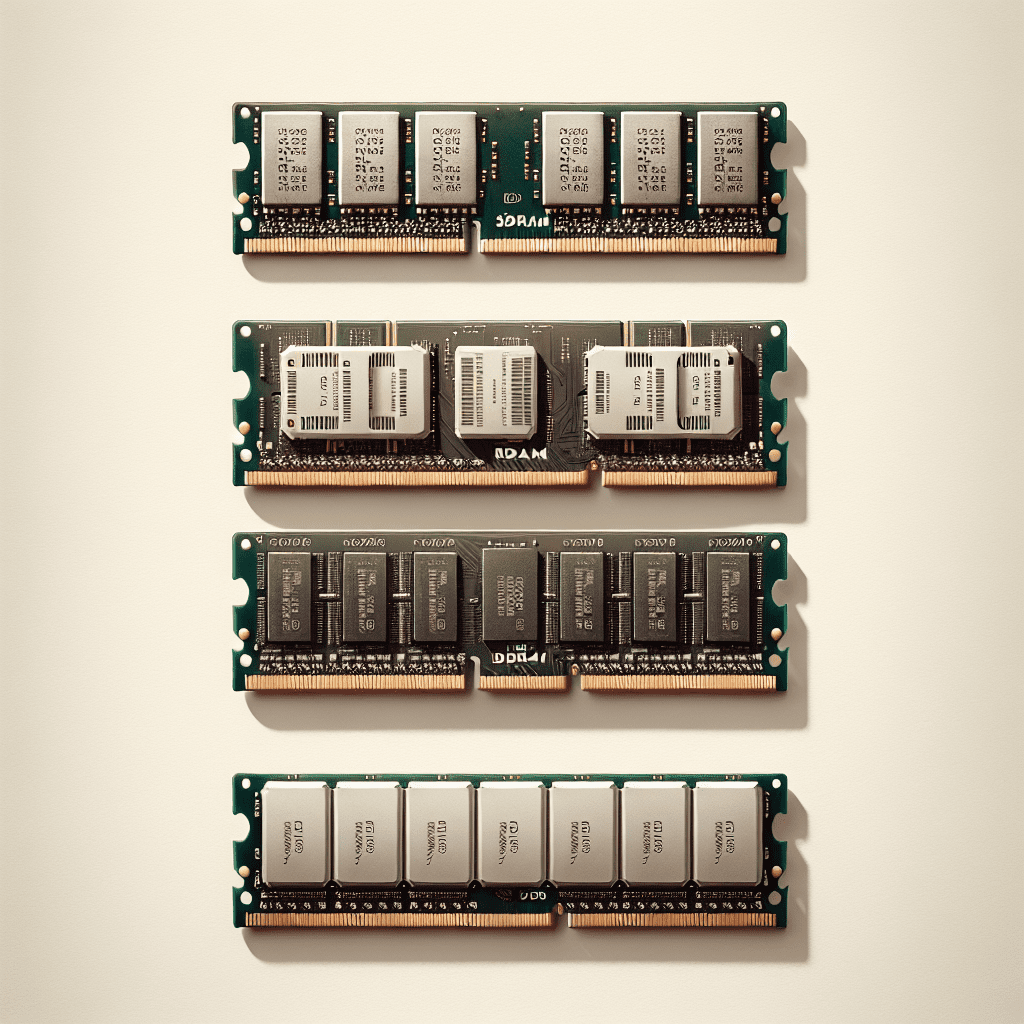Your cart is currently empty!
Breaking Down the Specs: Comparing 16GB DDR5 to Previous Generations

Request immediate IT services, talents, equipments and innovation.
As technology continues to advance at a rapid pace, so do the specifications of computer components. One area that has seen significant improvements in recent years is the RAM (Random Access Memory) market. With the release of DDR5 RAM, many are curious about how it compares to previous generations, specifically the 16GB capacity.
DDR5 RAM is the latest iteration of DDR (Double Data Rate) memory and offers several key improvements over its predecessors. One of the most significant changes is the increase in data transfer rates. DDR5 RAM boasts speeds of up to 8400 MT/s, compared to DDR4’s maximum speed of 3200 MT/s. This increase in speed allows for faster data access and improved overall system performance.
In terms of capacity, DDR5 RAM can support up to 128GB per module, making it ideal for high-performance computing tasks such as gaming, video editing, and 3D rendering. This is a significant improvement over DDR4, which typically maxed out at 64GB per module. The 16GB capacity of DDR5 RAM is a good balance for most users, providing enough memory for multitasking and demanding applications without breaking the bank.
Another key feature of DDR5 RAM is its improved power efficiency. DDR5 RAM operates at a lower voltage compared to DDR4, resulting in reduced power consumption and heat generation. This not only helps to prolong the lifespan of the memory modules but also contributes to a more energy-efficient system overall.
When comparing 16GB DDR5 RAM to previous generations, it’s clear that there are several significant advantages to upgrading to the latest technology. From faster data transfer rates to improved power efficiency, DDR5 RAM offers a compelling reason to make the switch.
Of course, it’s important to consider compatibility when upgrading to DDR5 RAM. Not all motherboards support DDR5 memory, so be sure to check your system’s specifications before making a purchase. Additionally, keep in mind that DDR5 RAM is currently more expensive than DDR4, so budget-conscious consumers may need to weigh the cost against the performance benefits.
In conclusion, 16GB DDR5 RAM offers a compelling upgrade for users looking to improve their system’s performance and efficiency. With faster data transfer rates, increased capacity, and improved power efficiency, DDR5 RAM is a worthy investment for those seeking the latest in memory technology.
Request immediate IT services, talents, equipments and innovation.
Discover more from Zion AI: Free Marketplace for Talents, Tech Jobs, Services & Innovation, Sign-up for free
Subscribe to get the latest posts sent to your email.

Leave a Reply